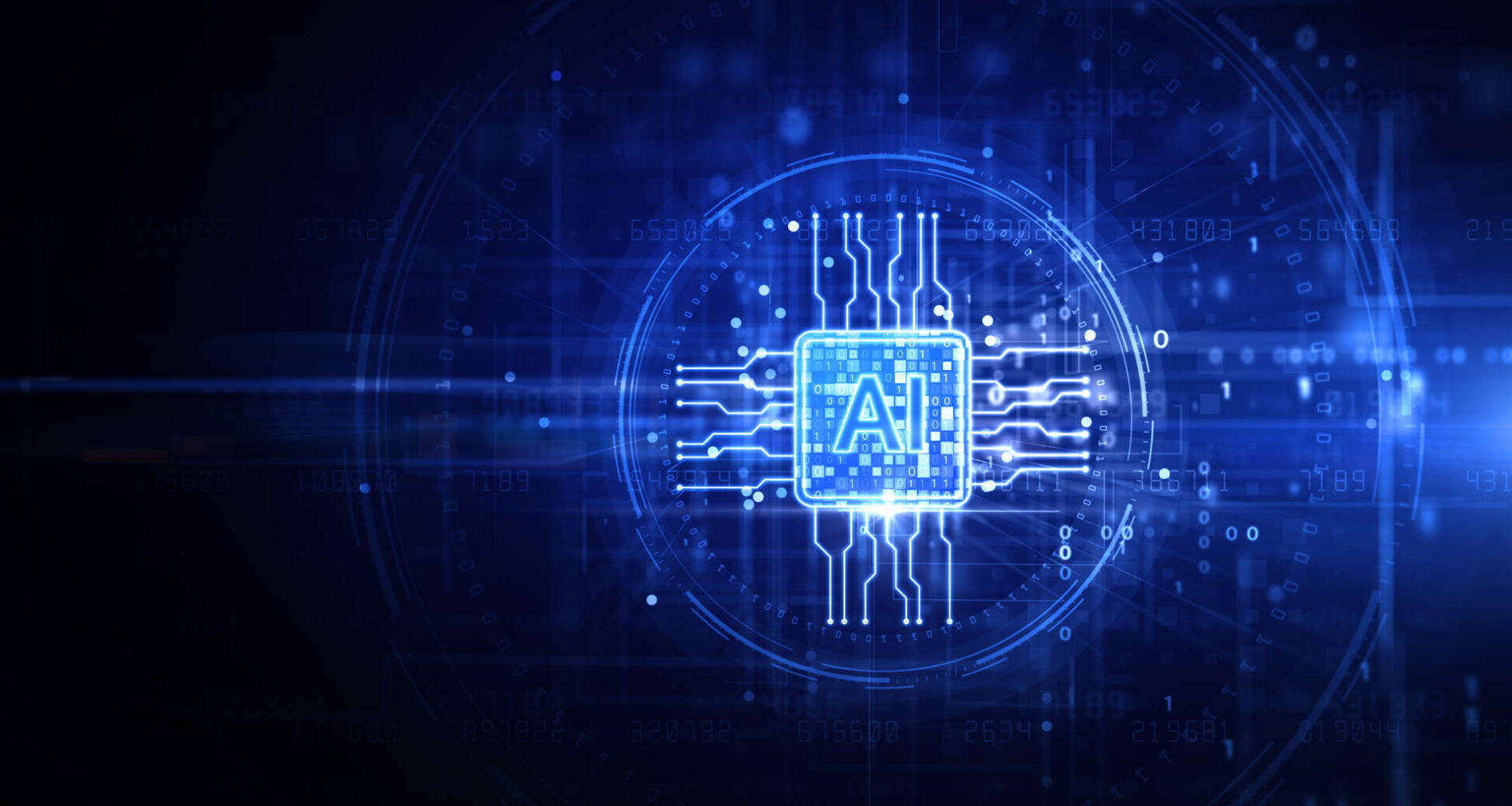It was almost by happenstance that the Idaho National Lab in the Energy Department and Microsoft came up with an idea to change the way nuclear reactors are permitted and licensed.
During a discussion about something entirely different, the idea of using artificial intelligence to reduce the administrative burden of the application process for construction permits and operating licenses came to bear.
Chris Ritter, the division director for scientific computing and AI at the Idaho National Lab, said the idea is to test out the use of AI and see if it can improve the efficiency of the overall process.
 Chris Ritter is the division director for scientific computing and artificial intelligence at the Idaho National Lab in the Energy Department.
Chris Ritter is the division director for scientific computing and artificial intelligence at the Idaho National Lab in the Energy Department.
“The initial goal right is prove that it can be used to help that last step, the documentation generation process. Some people call it PowerPoint engineering for different phases, and we’ll call this Word engineering. Getting into the right buckets for Word,” Ritter said on Ask the CIO. “You theoretically, too, could have some of these models check your work, make sure you didn’t miss anything that’s a requirement and things like that. But it’s really, it’s not doing the engineering, it’s not doing the analysis. It’s putting the information in the right bins, which is helpful. But it isn’t dramatically going to change the entire nuclear energy overnight.”
]]>
The big change would come later in the testing phase when more advanced AI tools could further reduce the time and cost of the permitting process.
Ritter said the lab wrote a paper three or so years ago on the impact of AI and estimated that the tools could lead to a 21% improvement in processing time. But he said recent large language models like Claude by Anthropic or ChatGPT from OpenAI could produce as much as a 30% to 50% improvement.
“We’ll have to see after we can quantify this and verify those numbers, but we do think that there’s a very significant improvement that could be made on the time, the life cycle time and the cost time it takes to go through this whole process, and then, of course, make it more dynamic and allow commercial industry in the country right to be able to fit solutions that makes sense for that particular customer or stakeholder,” he said. “We’re deploying the tools in the Microsoft Azure environment, and we’re bringing it into the government cloud environment, which will be new. We’re verifying that it works the same way that it works in the commercial cloud, and then, of course, we have the ability, once we’re in that cloud environment, to augment at our own context to the model. We can even use their existing model and then add our context to it.”
Automation to speed up the processes
Idaho National Lab said in a release about the project that the AI tool will generate engineering and safety analysis reports, which are standard reports submitted as a part of applications for construction permits and operating licenses.
Idaho said for reactor developers, generating these large, detailed reports is typically a time-consuming and expensive process that requires compiling safety data and language from multiple sources. The technology is designed to ingest and analyze nuclear engineering and safety documents, and generate documentation required by the Nuclear Regulatory Commission (NRC) and DOE for nuclear licensing.
Idaho said the tool does not perform analyses on the documents, but rather automates the process of constructing licensing documents for subsequent human verification.
“The ability to prove out some of this workflow is one angle, a pure research angle. The second part of this, of course, is looking at, can we just use the tools to see efficiency gains on our side, and then, what is that gain?” Ritter said. “I think in the GenAI space right now, a lot of folks are looking for quantitative metrics. How much better are we if we use this tool? What does that efficiency improvement look like?”
]]>
The Trump administration’s support of nuclear power is opening the door for several companies to build tools to improve the application and other related processes.
Ritter said the Energy Department in September 2024 issued a report detailing why and how expanding nuclear energy would help meet the electricity needs of the country.
In the report, Energy found developing the licensing documentation and incomplete design documents as two obstacles to expanding nuclear power.
Energy found that too often, companies started the construction before they completed the design, and then didn’t have some key ingredients to a successful project like an integrated project schedule, poor project controls, inadequate quality assurance, poor risk management and limited design constructability.
First digital twins developed
“We think those issues are issues that we can significantly improve with GenAI and this Microsoft tool is one of one aspect that will help,” Ritter said. “We’re seeing change from the administration, who are changing the NRC rules with how much time they have to review a process. So a new design is coming down to 18 months. There’s a time limited process to make sure that these things happen on time.”
INL and Microsoft also worked together in 2023 when they along with Idaho State University nuclear engineering students developed the world’s first nuclear reactor digital twin — a virtual replica of ISU’s AGN-201 reactor.
Ritter said that virtual system was in the cloud and had multiple AI models predicting the state of the reactor in real time. He added it was able to make recommendations that would affect the physical world.
“It had the ability to understand what was happening in the real world in real time. We ran a test where we had team who wrote that model present its results to the other team who was operating the reactor with what actually happened, without the two knowing about each other. It showed a really accurate representation for how the reactor was operating in the real world,” he said. “A digital twin, we think, will allow us to get to autonomy of these reactors, and that’s something that we’re really excited about. Really the goal is remote operation, so we’re managing a fleet of reactors, but to get there, we think autonomy is a key part of that, since you want to have the reactor, but then have a fleet of human operators watching it at all times.”
]]>
Copyright
© 2025 Federal News Network. All rights reserved. This website is not intended for users located within the European Economic Area.
